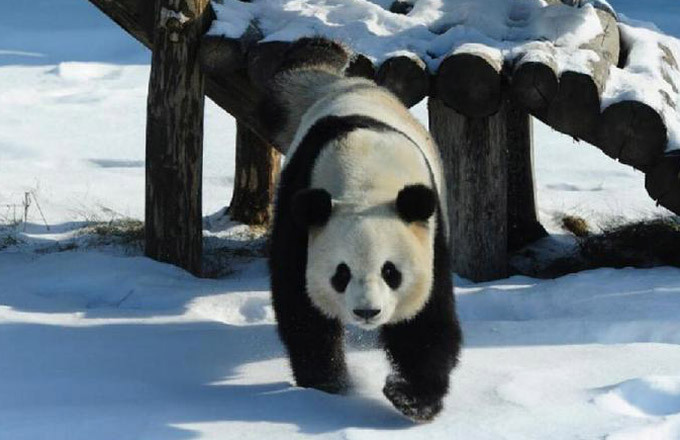China develops industrial clusters along the Yangtze
BEIJING -- The Yangtze River is the lifeline for Shengxiang electronic material manufacturing company in Jiujiang City on the riverbank. Everyday, tonnes of glass fibre is transported from the riverside cities of Chongqing and Shanghai to Shengxiang.
Zong Daoqin, chairman of Shengxiang, said river transportation saves 400 yuan ($58) per tonne compared to land carriage.
The company, founded in 2012, has grown into a leading manufacturer of glass fibre cloth. Zong attributes the rapid growth to the country's effort in developing Yangtze River Economic Belt.
"The local government has helped with investment, financing, and public listing," he said.
China has been developing clusters of emerging industries along the mighty Yangtze as the country seeks to increase its competitiveness globally.
By 2030, an innovative, modern industrial system will be fully incorporated and integrated along the river, making the economic belt a "strategic support" for national economic and social development, according to an official with the leading group of the Yangtze River economic belt development.
As a major port on the river, Jiujiang has been supporting new industries along the 153 kilometer river in the city.
It brought in hundreds of companies in the areas of equipment manufacturing, petrochemical, new energy, new material and automobile in recent years.
The city saw a 15 and 10 percent annual growth in terms of revenue of main business in the industrial sector and fixed asset investment in 2015.
China began to develop the Yangtze River Economic Belt in 2014 to boost concerted development in riverside regions and provide new growth stimuli for China's slowing economy.
Revered as the "Mother River," the Yangtze traverses eastern, central and western China and joins the prospering coastal regions with the less developed inland. It is one of the busiest rivers for freight traffic worldwide.
The Yangtze River Economic Belt involves nine provinces and two municipalities that cover roughly one fifth of China's land, accommodate a population of 600 million and generates more than 40 percent of the country's GDP.
Like Zong, Shi Jianqiang, the owner of a green textile enterprise in Shaoxing City, Zhejiang Province, has also benefited from the government drive. His company recently signed an investment contract with Huanggang City, Hubei Province, agreeing to build a waste textile recycling plant in the city some 700 km away.
Last year, Hubei government funneled 200 billion yuan into helping industries along the Yangtze grow.
China's textile waste recycling rate is only about 10 percent currently, and there is a huge market for the sector, Shi said.
"We just hit it off from the beginning," Shi said. "Textile waste recycling will help waste recycling treatment, printing and dyeing, and textile companies, which will be significant for Hubei."
So far, the government has helped companies settle in Hubei, from new energy cars to new materials, to chip-making, according to the government.
"The Yangtze River Economic Belt can hopefully grow into the backbone of the Chinese economy," said Xu Guangjian, professor of the Renmin University of China. "The industrial clusters along the belt will help boost China's competitiveness in the global market."
























